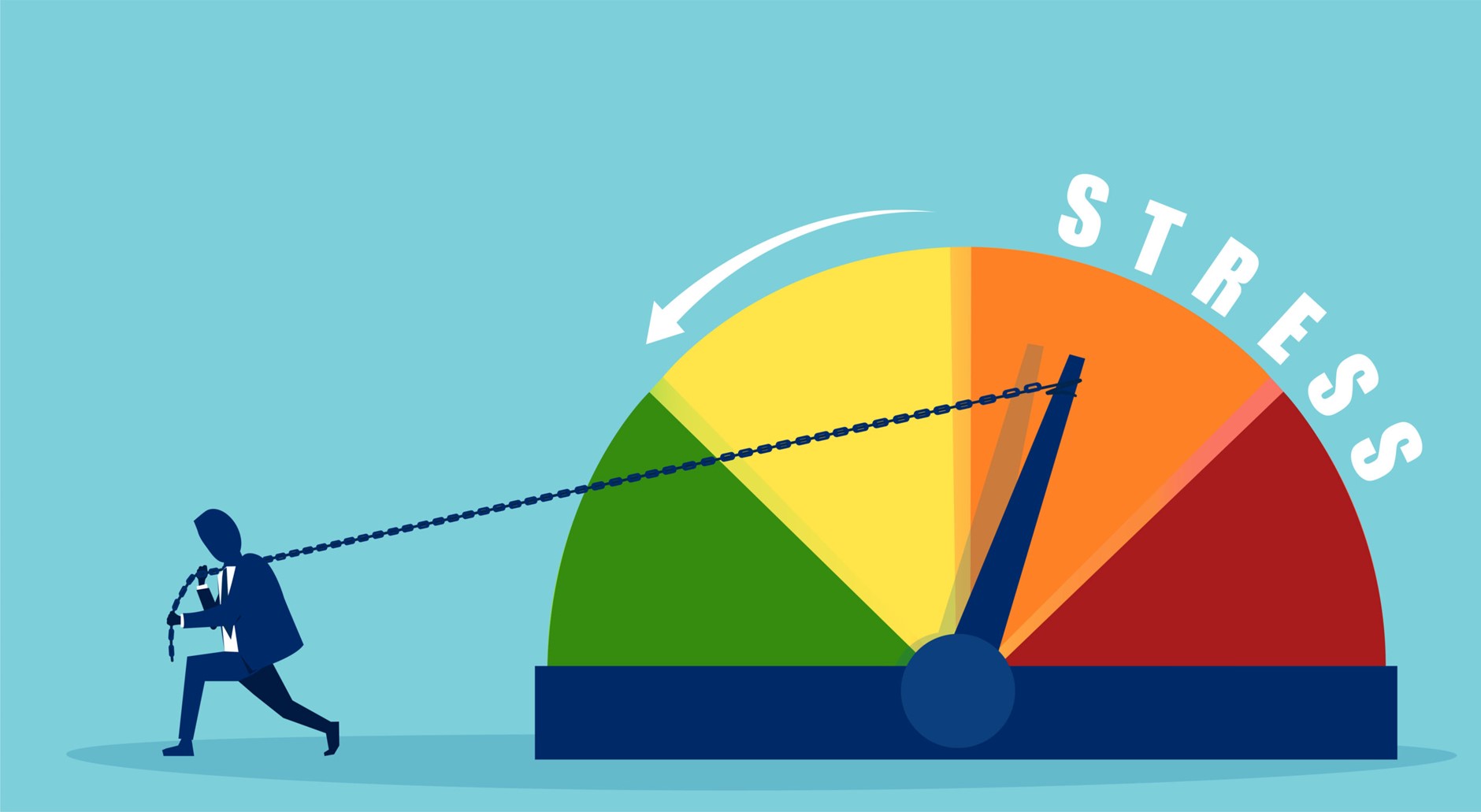With its deadlines, pressures, and expectations, the workplace often serves as a breeding ground for stress. Mastering stress-management is not only crucial for maintaining personal well-being but also for increasing productivity and creating a positive workplace. Fortunately, there are many effective techniques that people can use to manage stress in the workplace.
We’ll explore some of these techniques and how they can be integrated into you daily work routine for greater resilience and mental well-being.

Mindfulness and Meditation
An extremely powerful tool for managing workplace stress is mindfulness. By practicing mindfulness and meditation regularly, teams can cultivate a greater sense of awareness and presence in the moment, allowing them to respond to stressors with more skill.
Simple mindfulness exercises, such as deep breathing or body scans, can be practiced at the desk or during short breaks, providing much-needed moments of calm amidst a busy day.
Time Management
Effective time management is essential when it comes to reducing stress in the workplace. Try things like:
• Prioritising tasks
• Setting realistic goals
• Breaking larger projects into smaller, manageable chunks
By doing so, you can create a sense of control over your workload. Further to this, tools such as to-do lists, calendars, and project management software can be invaluable for organising tasks and deadlines, helping to prevent last-minute rushes and alleviate stress.
Seek Professional Support & Training
Sometimes, managing a high-stress workplace can require professional assistance.
Employers should consider offering regular Training Programs through external training providers to assist staff with new knowledge and techniques that can help to reduce stress in high-stress environments.
Professional Training Providers can implement tailored training programs for your teams that targets their specific areas of concern, and they can provide support and refine processes to reduce day-to-day stress.

Healthy Work-Life Balance
Maintaining a healthy work-life balance is key to preventing burnout and managing stress. Employers can support their employees in achieving this balance by:
• Promoting flexible work arrangements
• Encouraging regular breaks
• Discouraging excessive overtime
Likewise, staff can prioritise activities outside of work that bring them joy and relaxation, whether it’s spending time with loved ones, pursuing hobbies, or engaging in physical exercise.
Communication and Boundary Setting
Effective communication is one of the most important aspects of managing workplace stress.
By expressing concerns or seeking support from colleagues and supervisors, individuals can prevent feelings of isolation and overwhelm.
Setting clear boundaries around workload, availability, and expectations can also help to prevent stress from escalating.
Learning to say no to additional tasks when already overwhelmed is an important skill that can protect against burnout.
Staff Physical Wellness
Taking care of your physical health is integral to managing stress in the workplace. Simple practices such as staying hydrated, eating nutritious meals, and getting regular exercise can boost energy levels, improve mood, and enhance resilience to stress. Employers can support physical wellness initiatives by offering wellness programs, ergonomic workspaces, and access to healthy snacks.
Mastering stress in the workplace requires a multi-layered approach that includes a combination of time management, effective communication and professional support. By integrating stress-reduction techniques into daily routines and creating a culture of well-being within the workplace, staff and employers can create healthier, more resilient work environments where stress is managed effectively, and productivity flourishes.

Contact the team at KONA today to discuss how our tailored training programs can benefit your team!
Call 1300 611 288 or email info@kona.com.au





































































